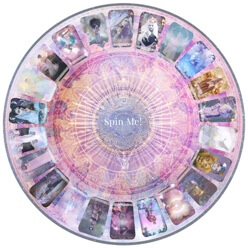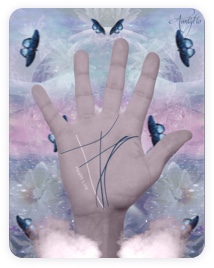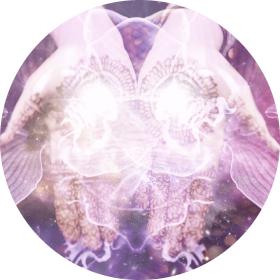Necromancy

The practice of Necromancy is specifically the dark art in which necromancers manage to communicate with the dead.
This can be done either by summoning the spirit by using an object link (something that belonged to the deceased) or something that can be used as a spiritual medium such as Ouija board or spirit board. Some individuals do not need any link at all, physically because they have perfected the art in and of themselves, but most magicians or mediums need some form of physical connection to the person that has passed.
There are two kinds of Necromancers: Those that call the spirit to show themselves either by evoking or invoking the spirit, and those who attempt to raise a spirit from the grave and giving them a physical host to operate in. This is common in certain areas of the south where this deep magic is still practiced to this day.
There are problems with this second form of Necromancy, because if not properly handled, the soul may get stuck in a body that is decomposing or does not have all of its mental capabilities. Also, if one is reburied, the soul might never get to reach ahimsa or push forward to their heavenly place in the afterlife because they will be chained to a physical body. This can be an extremely torturous way of being for a spirit who wants to move on. A lot of excess haunting are a result of a spirit that has been chained to the Earthly plain via a Necromancer.
The earlier forms of necromancy were a derivative of early Shamanism, which is known for calling to ancestral spirits. Classical necromancers were known to call the dead with varying levels of intonations that could include low droning or high pitched squeaking. This language, as it is known was said to be sacred to the dead, whose world is no longer interpreted by our normal understandings of speech. Homer’s Odyssey also speaks to different ways of summoning spirits which must be performed around a pit with fire at night and he also includes the blood of sacrificial animals which he says is to give the spirits something to drink as the death prayers are recited.
Necromancy in the Medieval era is said to combine astral magic with Arabic exorcism techniques which include influences of the moon phases, sun placement as well as the date and time such as is common in ceremonial magic. When one is calling the dead, one must be efficient and it was believed that a necromancer would need three specific characteristics in order to successfully conjure up a dead soul: The manipulation of will, illusion, and knowledge. The manipulation of Will, and the mastery of this tool, strengthens the mind to such an extent that the necromancer is capable of controlling people, animals as well as Spirit. Obviously this skill needs to be fine-tuned first in order to move forward because the necromancer would be the only person who would be able to control the demons or spirit, or instill within them anger or any other attributes. A necromancer needs to have control over Illusion because reanimating a corpse with a soul that was on its way to heaven is not something that you see every day. Therefore the necromancer would have to be aware of the fact that they would have to understand the illusory properties present in causing someone to rise.
Their mind would not be sure what to accept, so the Necromancer would have to be prepared to create a link neurologically in order to truly understand the happenings around him. Knowledge is that which follows after discovering the abilities one possesses within oneself which makes the necromancer capable of identifying different kinds of spirits, animals as well as personalities so that they can learn to gain control.
In the Munich Manual of Demonic Magic from the medieval ages, necromancy was done within a magic circle. These circles were actually physically represented on the earth either via chalk or some kind of cloth or parchment. Other shapes and symbols would be drawn as well to represent different theological ideas. Circles were and still are believed to protect the participants who stand within it from harm. In this sense the necromancer would stay inside of a circle, to keep themselves safe from the spirit or demon they decided to summon. Some Magicians or Necromancers draw a secondary circle, or triangle to capture the spirit and hold it in one place while the necromancer expresses their desires.
Some necromancers prefer to have witnesses within the circle alongside of them should their judgment at any point become impaired through the summoning process. In some cases the Demon or spirit of the dead will have been able to outsmart the necromancer and somehow been able to cause them physical harm. If someone is there who has been taught the procedures, they will be able to control the situation if things go wrong. Many necromancers and the like who try to call for the dead or demons within themselves tend to manifest physical ailments for some time after the invocation process has been completed. This is because the body’s energy can only hold so much and with calling the dead against their will, the negative energy will attack any vulnerability within the body. From a loose tooth to a tumor. Necromancers should therefore also be healthy individuals before making any attempts to contact the dead.
The practice of Necromancy does not have to always be a negative experience, those who are respectful of the dead, who approach them with the genuine desire to help them either cross over or bring a message to a loved one tend to have positive and quite rejuvenating results. The outcome of course, as in anything which encourages magic or intentional living, depends greatly on the magician, medium, necromancer’s intention.
By Florance Saul
Nov 6, 2012







